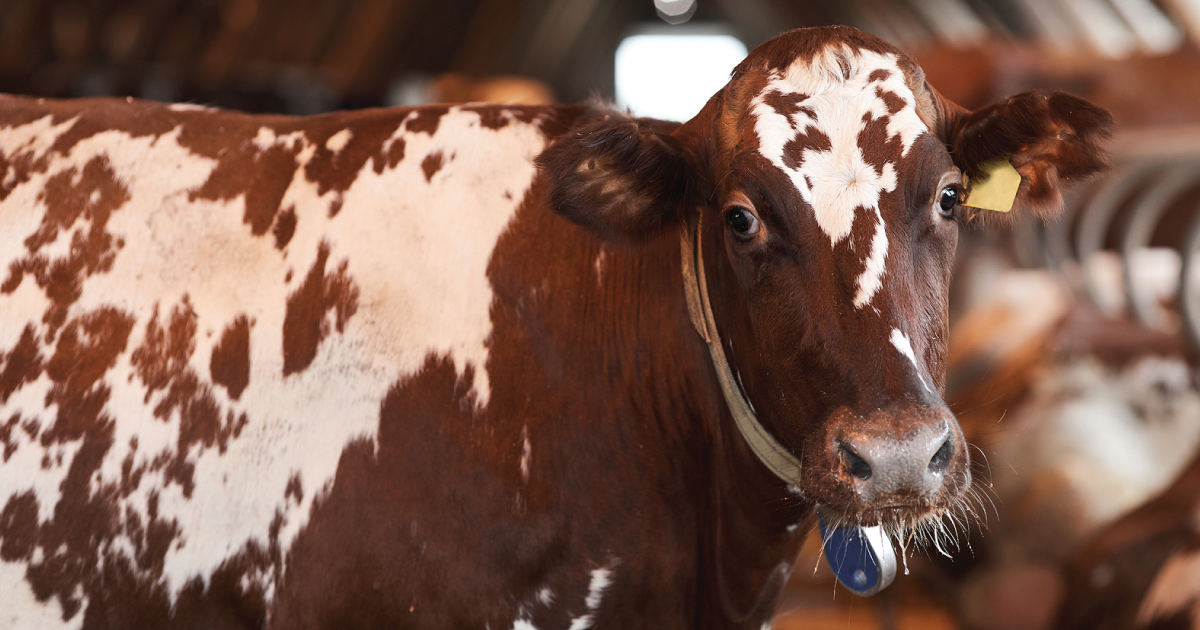
Is the U.S. Doing Enough to Address the Meat Industry’s Role in Antibiotic Resistance?
In December, as COVID-19 cases were spiking again, the U.S. Food and Drug Administration (FDA) released its annual report on the volume of “medically important” antibiotics sold for use in animal agriculture. Despite the distraction of a pandemic, experts and advocates who track a different public health threat—antibiotic resistance—took note.
April 27, 2021 | Source: Civil Eats | by Lisa Held
Despite significant progress in chicken, experts say routine use of medically important antibiotics remains widespread in pork and beef production.
In December, as COVID-19 cases were spiking again, the U.S. Food and Drug Administration (FDA) released its annual report on the volume of “medically important” antibiotics sold for use in animal agriculture. Despite the distraction of a pandemic, experts and advocates who track a different public health threat—antibiotic resistance—took note. Although ag sales of antibiotics had been steadily dropping since a peak in 2015, the report showed that for the second year in a row, the trend had reversed. Overall sales were ticking up, driven by the pork and beef industries.
“I wasn’t surprised, but I was disappointed,” said Lena Brook, the director of food campaigns at the Natural Resources Defense Council (NRDC). “The beef and pork sectors have been the highest users since the FDA started releasing species-level data . . . and we haven’t seen any new commitments [to reducing use] from producers in either of those sectors.”
